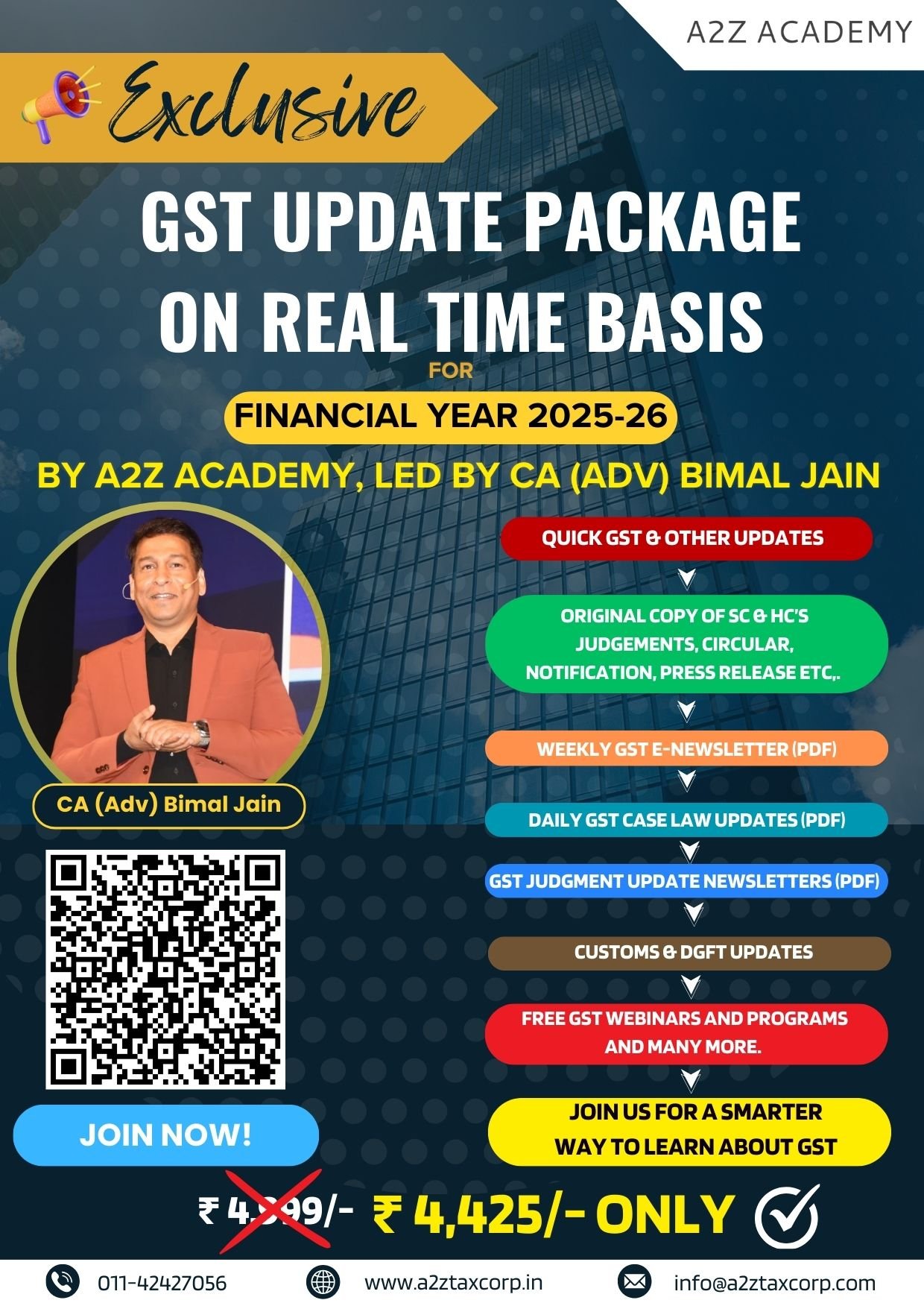
In a key update to simplify and improve GST data, the Goods and Services Tax Network (GSTN) has split Table-12 of the GSTR-1 form into two parts: one for business-to-business (B2B) sales (Table 12A) and one for business-to-customer (B2C) sales (Table 12B), starting with the May 2025 tax period.
The change introduces mandatory HSN-wise reporting, although currently in a “warning mode”, allowing taxpayers to file returns even without complete entries.
Why It Matters?
The bifurcation and enhanced reporting will help the tax administrators in better enforcement, cross-verification, and classification of supply data.
Further, Policymakers will also be benefitted as it will help in conducting sector-specific analysis based on actual trade volumes and HSN classifications.
When it comes to businesses and traders, this move will help them by making return filing more seamless through auto-population of HSN data from e-invoices.
Meanwhile, a senior GST official shared, “This move aligns with our broader push for data transparency and plug-and-play compliance. Accurate HSN data will reduce classification disputes and litigation while enabling better tax policy decisions.”
What’s New in the GSTR-1 Table-12 Format?
The Table 12A is mandatory HSN-wise summary for B2B supplies
And Table 12B is Optional HSN-wise summary for B2C supplies (as of now)
While the government has not made 12B mandatory yet, the expectation is that businesses voluntarily begin classifying B2C supplies to gradually build data capacity across the ecosystem.
Taxpayer Grievances and Glitch
Despite these forward-looking reforms, several taxpayers—especially small retailers and service providers dealing only in B2C supplies—have reported that the GSTR-1 summary throws an error unless they also enter data in Table 12A, which is meant for B2B transactions.
This anomaly has created confusion among filers who have no B2B supplies to report.
GSTN in this regard has issued a resolution, stating that the taxpayers facing this issue are advised to enter their HSN code and UQC (Unit Quantity Code) in Table 12A, while filling all value fields with “0”. This workaround satisfies the system’s validation checks and enables return submission.
Industry Impact
According to industry experts, the structured HSN data will improve the E-invoice to return reconciliation. Secondly, audit trail accuracy and thirdly, the trade benchmarking across regions and sectors.
Moreover, with India’s growing reliance on data-driven tax enforcement, this reform is seen as a key building block for future upgrades in GST intelligence and fraud detection systems.
A leading tax consultant shared, “This will help reduce classification disputes and increase taxpayer confidence, especially as India’s GST system becomes more automated and predictable.”
With the groundwork now laid through bifurcation and import-ready formats, the industry is being nudged toward a more transparent, standardised GST reporting future, even as compliance remains voluntary—for now.


